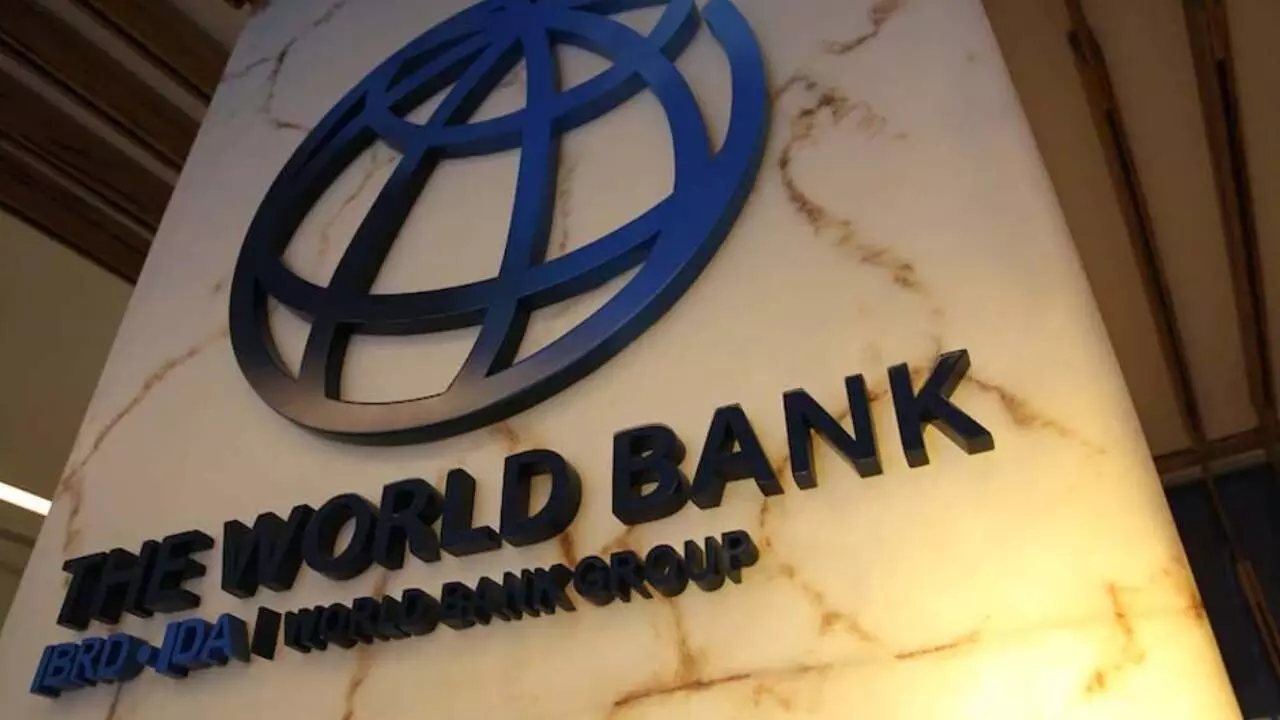World Bank bullish on India; pegs 6.7% growth in FY26
The World Bank remains bullish about India’s economic prospects, estimating growth to be 6.7 per cent for 2025-26 and 2026-27. It is also upbeat about private investment
World Bank bullish on India; pegs 6.7% growth in FY26

The World Bank remains bullish about India’s economic prospects, estimating growth to be 6.7 per cent for 2025-26 and 2026-27. It is also upbeat about private investment.
“The services sector is expected to enjoy sustained expansion, and manufacturing activity will strengthen, supported by government initiatives to improve the business environment. Investment growth is projected to be steady, with moderating public investment offset by rising private investment,” the bank said.
Meanwhile, in 2024-25, growth in India is projected to soften to 6.5 per cent, reflecting a slowdown in investment and weak manufacturing growth. “However, private consumption growth has remained resilient, primarily driven by improved rural incomes accompanied by a recovery of agricultural output,” the World Bank said.
This is in line with what analysts and experts have predicted for the current fiscal. The top business chamber, Ficci, has pegged growth for 2024-25 at 6.4 per cent, down from the 7 per cent it estimated in September 2024.
According to the Ministry of Statistics and Programme Implementation, the economy is growing at 6.4 per cent this fiscal year. BofA Securities India pegged India’s growth this fiscal at 6.5 per cent, while Acuité Ratings & Research and CareEdge Ratings predicted a GDP growth of 6.4 per cent and 6.5 per cent respectively.
The World Bank expects South Asian growth to rise to 6.2 per cent in 2025-26.
It has estimated the region, except India, to grow 3.9 per cent in 2024, indicating recoveries in Pakistan and Sri Lanka, and improved macroeconomic policies. In 2025, growth, excluding India, is expected to grow to 4 per cent, and subsequently to 4.3 per cent in 2026.
“In Bangladesh, political turmoil in mid-2024 weighed on activity and deteriorated investor confidence. Supply constraints, reflecting energy shortages and import restrictions, weakened industrial activity and led to increased price pressures,” the report said.

